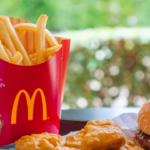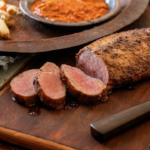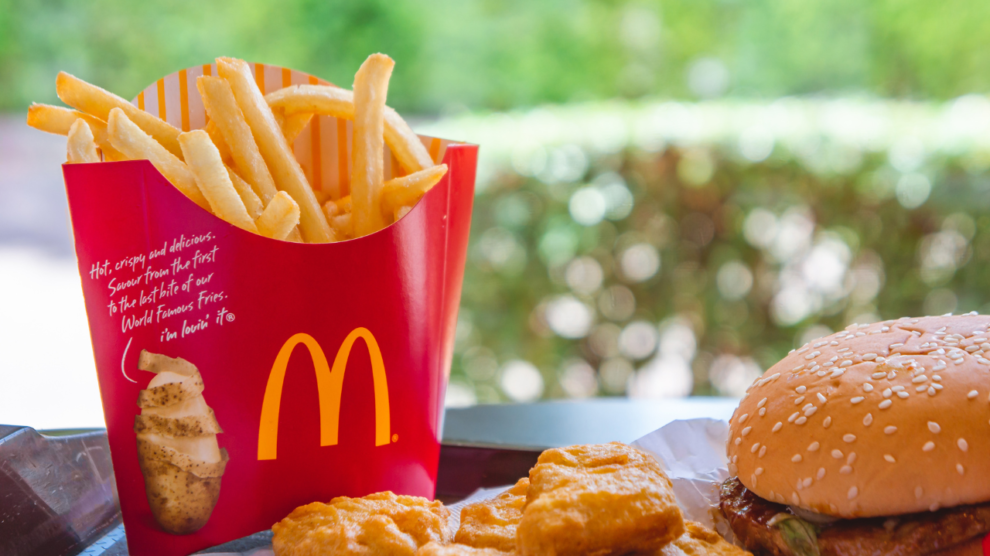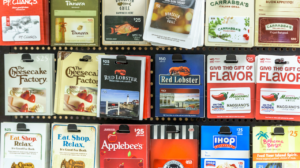As one of the most recognizable brands globally, McDonald’s pricing strategy has played a significant role in its success. For decades, McDonald’s has been a symbol of consistency, affordability, and convenience in the fast-food industry. Restaurant owners and industry enthusiasts often wonder, “What is McDonald’s pricing strategy?” We will dive into the pricing tactics that have fueled McDonald’s growth and made it a model for businesses in the foodservice industry.
The Foundation: Value Pricing
McDonald’s pricing strategy is rooted in the concept of value pricing. The primary goal is to offer high-quality, consistent food at affordable prices, ensuring that customers perceive they are getting good value for their money. This value-focused approach has played a crucial role in shaping McDonald’s menu and overall pricing structure.
Economies of Scale
One of the key advantages McDonald’s has leveraged is its massive scale of operations. With thousands of restaurants worldwide, they can negotiate favorable deals with suppliers, buy ingredients in bulk, and streamline their supply chain. This allows them to keep their costs low, which in turn enables them to offer competitive prices to customers.
Limited Menu
McDonald’s adheres to a relatively limited menu. While it may seem counterintuitive to some, this approach has significant pricing advantages. By focusing on a select range of popular items, McDonald’s can minimize ingredient waste, reduce complexity in food preparation, and optimize inventory management, leading to lower operational costs.
Menu Engineering
McDonald’s practices menu engineering by strategically pricing and positioning menu items. They often use “anchor” items – products priced at an attractive low point to draw customers in. Once customers are in the restaurant, they may be more likely to add additional items to their order. For instance, the Dollar Menu is a classic example of this strategy.
Bundle Deals
Another effective tactic is bundling items together. Combo meals, which include an entrée, side, and drink at a discounted price, appeal to customers who want a full meal rather than individual items. This not only increases the average transaction value but also simplifies order processing, reducing operational complexity.
Upselling
Upselling is another integral part of McDonald’s pricing strategy. Cashiers are trained to suggest add-ons like fries, a larger drink, or dessert when customers place their orders. The subtle and convenient nature of these upsell suggestions often results in customers opting for the higher-priced options, boosting sales and revenue.
Pricing and Local Market Considerations
McDonald’s also recognizes the importance of adapting its pricing strategy to local market conditions. The affordability of a Big Mac in New York City may not be the same as in a smaller town, and McDonald’s takes these regional differences into account.
Price Discrimination
McDonald’s employs price discrimination by offering different prices for the same items in different locations. This strategy is based on the principle of charging what the market will bear. In areas where the cost of living is higher, prices may be adjusted upwards, while in less affluent areas, prices are more competitive.
Testing and Adaptation
The global restaurant chain continuously conducts pricing experiments in various markets. By closely monitoring the results, McDonald’s can fine-tune its pricing strategies to maximize profitability. This dynamic approach helps the brand stay relevant and competitive.
Technology and Data-Driven Pricing
In today’s digital age, data and technology play an increasingly significant role in pricing strategies. McDonald’s is no exception. The company leverages technology to collect and analyze data, allowing them to make informed decisions regarding pricing.
Dynamic Pricing
McDonald’s uses dynamic pricing, which means that prices can change based on factors such as time of day, location, and customer preferences. For instance, prices may be higher during peak hours or in urban areas compared to rural locations. Dynamic pricing helps McDonald’s optimize its revenue based on real-time data.
Mobile Apps and Loyalty Programs
McDonald’s mobile app and loyalty programs have transformed the way customers interact with the brand. Through these platforms, McDonald’s can offer personalized promotions and discounts to customers, encouraging repeat business and customer loyalty.
Social Media and Customer Feedback
McDonald’s actively monitors social media and customer feedback to gauge customer sentiment and satisfaction. Negative feedback or concerns about pricing are addressed promptly, and pricing strategies are adjusted accordingly to maintain customer trust.
Ronald McDonald: No Clown on Pricing
McDonald’s pricing strategy is a well-calibrated blend of value pricing, market adaptation, and data-driven decisions. By offering a limited, consistent menu, bundling products, and employing upselling tactics, McDonald’s maintains its position as an affordable, fast, and convenient dining option. The company’s use of dynamic pricing, mobile apps, and customer feedback ensures it remains relevant and competitive in the ever-evolving fast-food industry.
Restaurant owners and aspiring entrepreneurs can draw valuable lessons from McDonald’s pricing strategy. Embracing the principles of value pricing, adapting to local market conditions, and utilizing technology to make data-driven decisions can help them optimize their own pricing strategies for long-term success in the competitive foodservice sector.











